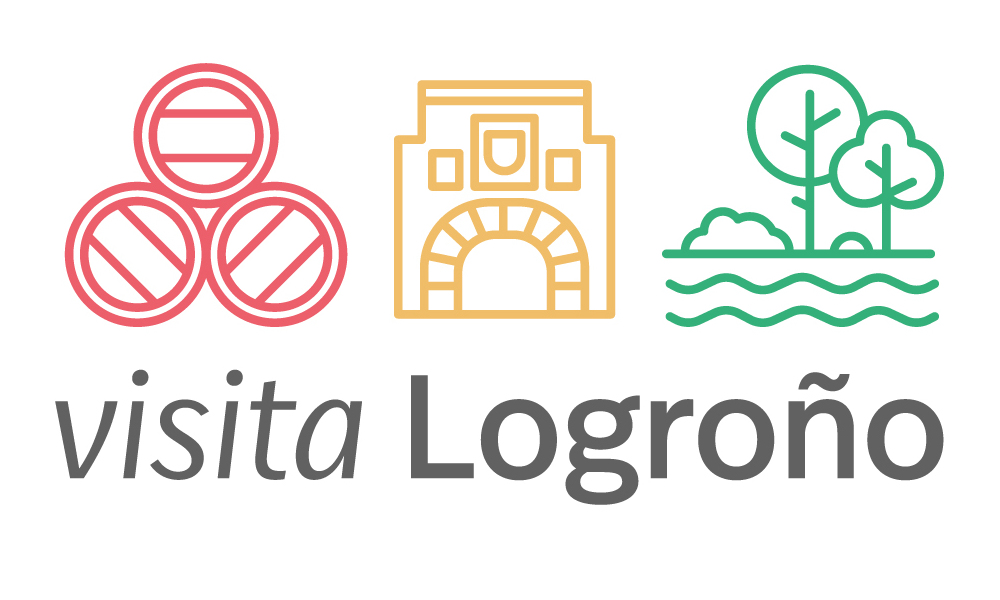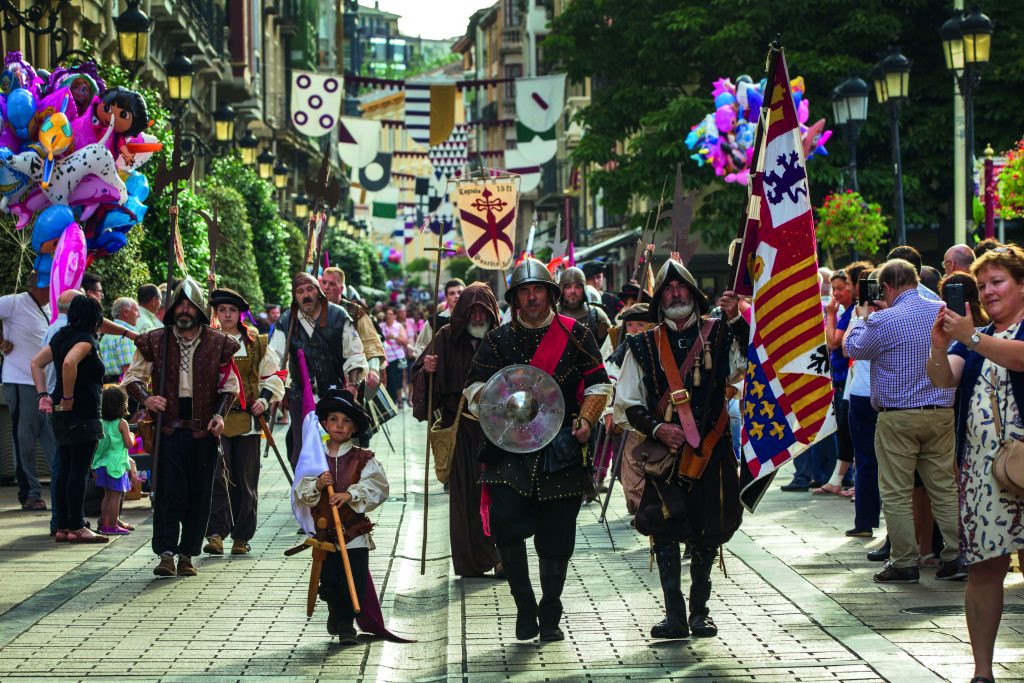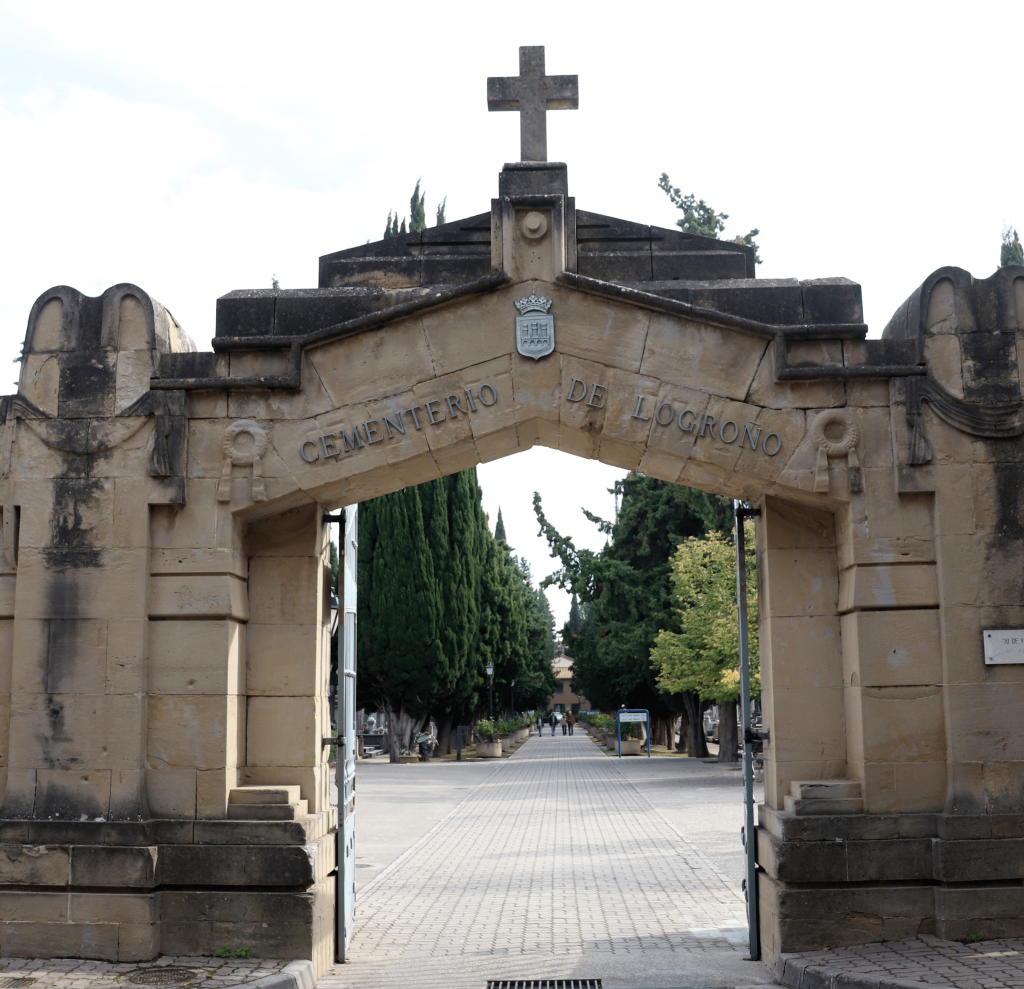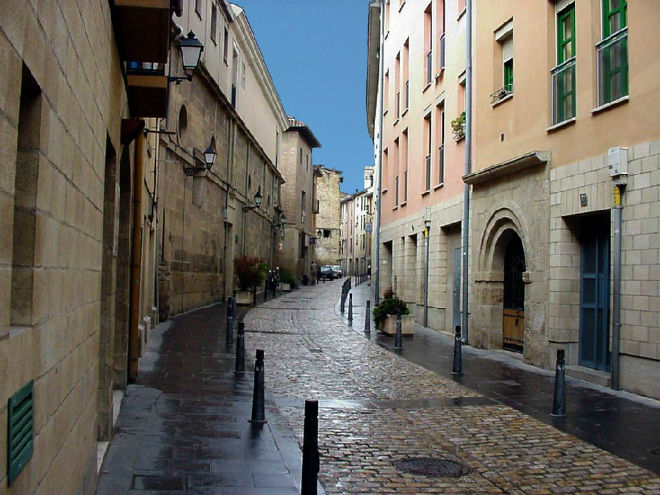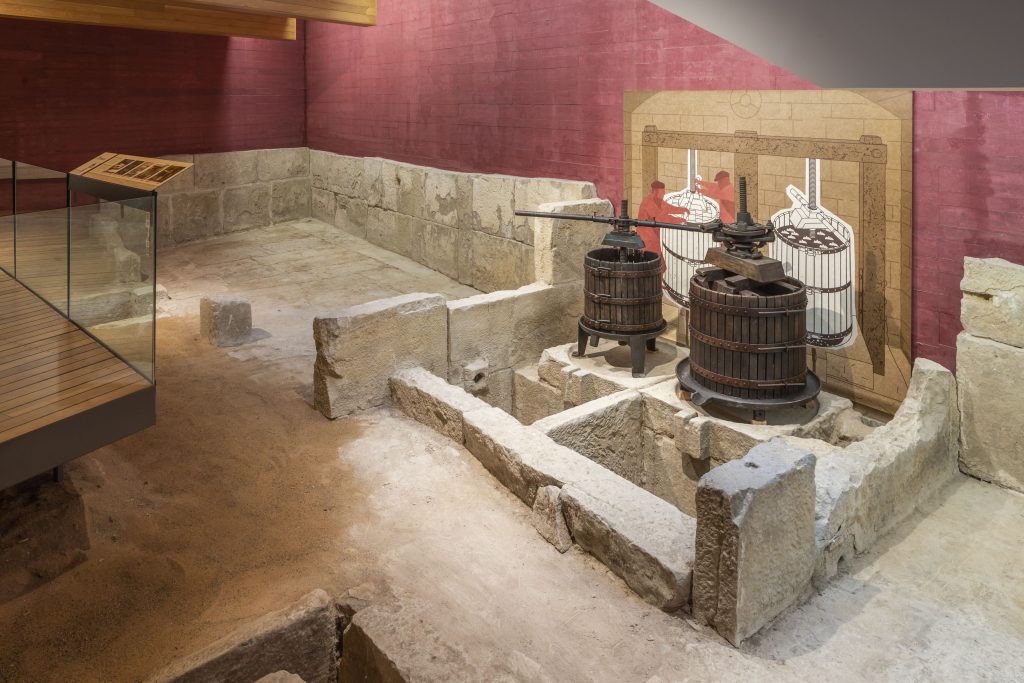Culture can of course be about visiting museums, but it can also be about visiting a bar to enjoy a different kind of art: the culinary kind. Because the tapa can be a simple entertainment or a mini explosion of flavour and texture.
And Logroño is the perfect place to enjoy such pleasures, as the range of food on offer and the tradition of preparing pinchos (tapas) means that there’s lots of variety.
Tapas are one of our country’s gastronomic attractions, and perhaps one of those most widely enjoyed in other countries. Over the years, pinchos have become a social ritual – not just about getting a bite to eat, but also about having a good time with friends or family, going from bar to bar enjoying the different flavours together with a beer or, since we are in La Rioja, by a good wine.
There is no better way to approach a conversation about life or putting the world to rights. This way of understanding tapas is probably what makes them special, both for the locals and for those who visit us.
It is true that countries other than Spain also have a tradition of small dishes, for example Mexico, Japan, and Korea, but what perhaps sets us apart is the social aspect, and the exceptional local produce.
Few places can match Logroño for fresh vegetables, meat, fish and seafood. In terms of quality and variety the pinchos of the capital of La Rioja occupy an honourable position at world level. Although there are many places where it is possible to taste good food, Logroño has earned the right to be called a ‘Culinary Mecca’.
The city is the provincial capital with the highest number of bars per inhabitant, with almost 600 establishments according to the Spanish Hotel and Catering Federation.
This shows that going out for tapas is about more than just eating in the capital of La Rioja, it is a way of life. And although there is lots of variety, from the traditional to the most revolutionary cuisine, from the local bar on the corner to the Michelin-starred restaurant, they all have something in common: a tempting display of tapas.
The city’s most important museums are Laurel and San Juan streets. As in Hollywood, when we walk around these streets, we need to look out for the stars, the stand-out tapa at each establishment. Even if the menu is extensive, each establishment has its own speciality, and it is the visitor’s duty to make an effort to try them all and decide which is the favourite.
Some tapas go back decades, such as the famous brochette of grilled mushrooms with prawns with a secret sauce, or the patatas bravas, a must in any tapas bar. These coexist with pinchos that have unique names all of their own.
For example, the ‘Cojonudo‘, a roll stuffed with minced chorizo sausage and quail’s egg, or the ‘Zorropito‘, a hot roll stuffed with ham, pork, or bacon, finished with a magic touch of aioli.
There is also the ‘Roto’, scrambled eggs with whatever the imagination can come up with depending on what is available at the market; the ‘Matrimonio’, anchovies (in oil or in vinegar) with fried green peppers, or the ‘Baco’, a sandwich of bacon, cheese, wild mushrooms and white truffle oil.
Then, of course, there are the fancier pinchos: tuna tataki, courgette millefeuille, sirloin lollipop, beef tartare made with meats of different degrees of maturity, etc. In recent times, moreover, the city’s establishments have adapted to new dietary trends, and there are already a good range of gluten-free, vegetarian and vegan options.
When circumstances permit, a monthly veggie get-together is held at La Taberna de Correos.
It is not very clear why it is that we like small portions so much. The origin of the tapa is uncertain, and there are lots of different stories explaining it. Stories of kings or innkeepers or drunks, but most have one thing in common: how someone decided to cover their glass of wine with a slice of ham – or perhaps cheese – to keep the dust out.
It is also said that King Alfonso X the Wise, prescribed a glass of wine a day by his doctor, decided to reduce the effects of alcohol by accompanying it with a small mouthful of food each time It seems that he was so convinced by his invention that he later ordered all the inns of Castilla to always serve wine with a small portion of food to settle the stomach.
Whatever the truth of these stories, what they all tell us is that from the very beginning tapas and drinks have gone hand in hand, and the one cannot be understood without the other.
So much so that, for example, Calle Laurel was renamed years ago as ‘The Elephant’s Path’, because whoever tried to have a glass of wine in each of its bars ended up with a good trompa (‘trompa’ in Spanish is a word that means both the trunk of an elephant and being drunk, hence the name).
The joke exaggerated the popular custom of chiquiteo, where groups of friends would get together to have a few chiquitos and a good laugh. Tradition dictated a route from bar to bar, the members each taking it in turn to buy a round.
However, customs have been modernised and polished. The Logroño of today is not the Logroño of a few decades ago. Today, both the discerning local and the discerning visitor are looking for a rounded experience in which a tasty bite and a good wine are enjoyed in equal measure, and even more so in good company.
The variety of products and the originality of the tapas on offer continues to increase, and given the competition that exists in the city, excellent quality is a firm requirement. Sometimes they look almost too good to eat.
A sophisticated food and wine culture has become an intrinsic part of Logroño society: it is no surprise that the city was recognised in 2012 as the first Spanish Capital of Gastronomy. So be sure to enjoy the variety of tapas on offer in the city to the full – if not you might well regret it later!
